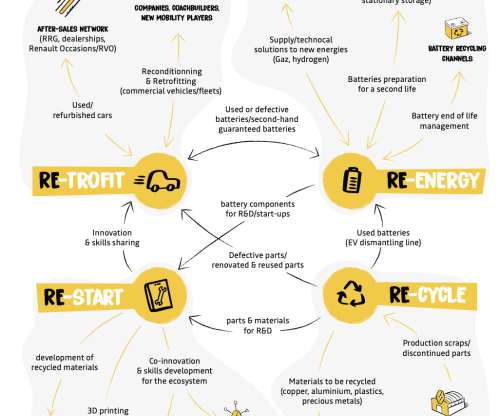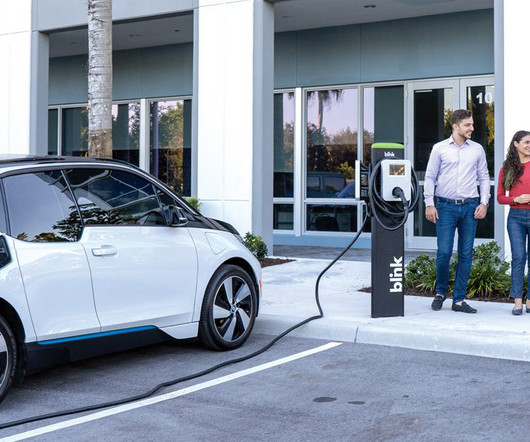Groupe Renault creating first European factory dedicated to the circular economy of mobility in Flins
Green Car Congress
NOVEMBER 26, 2020
The circular economy model implemented in Flins will be based on a set of complementary and convergent loops, aimed at encouraging the use of a vehicle instead of its ownership; extending its life through maintenance; and reusing it or reusing its components for other uses, when other solutions are no longer possible.












Let's personalize your content